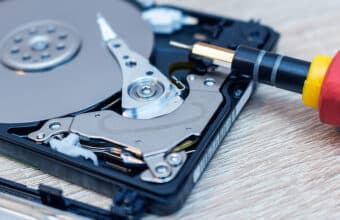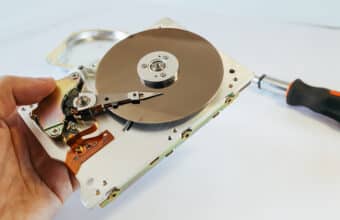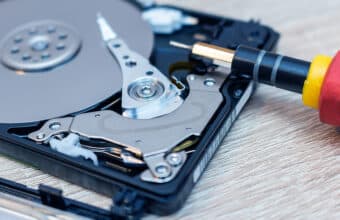Data Destruction
-
The Ultimate Checklist for Data Center Decommissioning
When your data center reaches the end of its life and needs to be overhauled, closed, or relocated, it is critical that you thoroughly plan out its decommissioning process. To that end, we have gathered some actionable tips in the following data center decommissioning checklist. As you prepare to close up shop, make sure that […]
read more -
How Your Company’s Data Retention and Destruction Policies Impact Customer Privacy
While the need for a strict and closely followed retention and destruction policy at your company can be quite clear in many ways, there are some other reasons why forming one is critical that you may not necessarily have considered. To get a better idea of what we mean, let’s take a look at some […]
read more -
Steps to Take After Receiving Your Risk Assessment Results
Risk assessment is an important part of data security for your company. This is the process that helps your business identify any potential threats or vulnerabilities to both your data and that of your customers. Risk assessment is especially important when it comes to disposing of or recycling outdated computers and hard drives. Once you’ve […]
read more -
Why Encryption Is Not Enough for Data Security
In today’s digital age, data security is a paramount concern for individuals and businesses alike. While encryption plays a crucial role in protecting sensitive information, it is important to recognize its limitations, especially when it comes to disposing of your computer. To ensure comprehensive data security, additional measures such as data wiping or shredding are […]
read more -
How to Set Up a Hybrid Data Destruction Policy
A “hybrid data policy” refers to a combination of onsite data destruction and the use of a secure offsite facility operated by a third party. Both solutions work well, but they aren’t optimal in every situation. Hybrid data destruction allows organizations to pick and vary their destruction methods. Benefits of Destroying Data On-Site The primary […]
read more -
Data Destruction vs. Data Deletion: The Difference Explained
When you run a business that collects sensitive data, your primary responsibility is clear. You must protect that data at all costs. If you don’t, it’s possible to face hefty regulatory compliance fines and penalties, along with jeopardizing your reputation and customer trust. When your equipment reaches the end of its lifecycle, you can’t simply […]
read more -
Beyond Encryption: Why Secure Shredding and Wiping Processes are Essential
In today’s interconnected world, data security is a top priority for organizations. Encryption is commonly used to protect sensitive information during transmission and storage. While encryption provides an important layer of defense, it alone is not sufficient when it comes to securely disposing of retired IT assets. The Limitations of Encryption: Physical Vulnerabilities: Despite the […]
read more -
SEAM Services: 4 Questions to Ask an ITAD Expert
Businesses use customer data for almost everything they do — from building marketing funnels and writing sales scripts to creating products for clients. However, owners have a responsibility to protect that data from the time it enters their hands until all assets are destroyed. Knowing this, business owners must take IT asset disposition seriously. That […]
read more -
5 Common Mistakes Made with DIY Hard Drive Destruction
Though the majority of data breaches are incited by cyber attackers that pierce network defenses or exploit the human element, sheer negligence still causes one out of every four data breaches, so you must always remember the importance of your hardware. Hard disk drives (HDDs) and solid state drives (SSDs) are too easy to forget […]
read more














